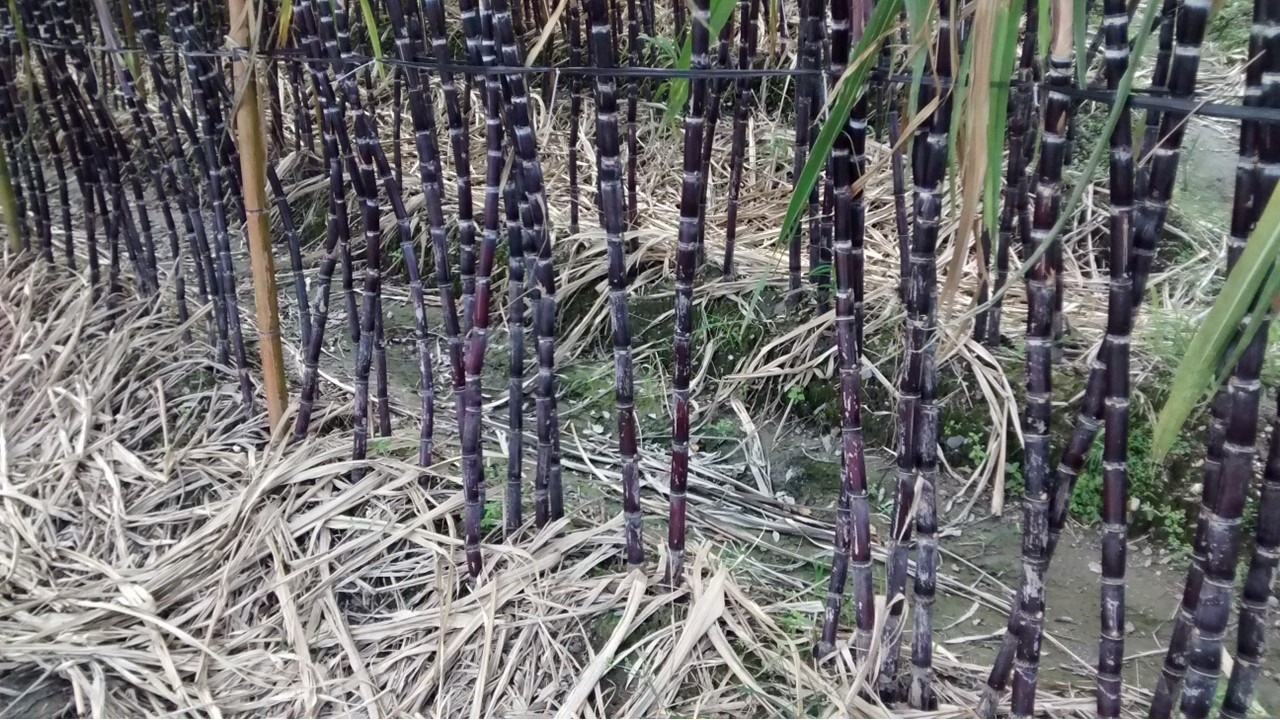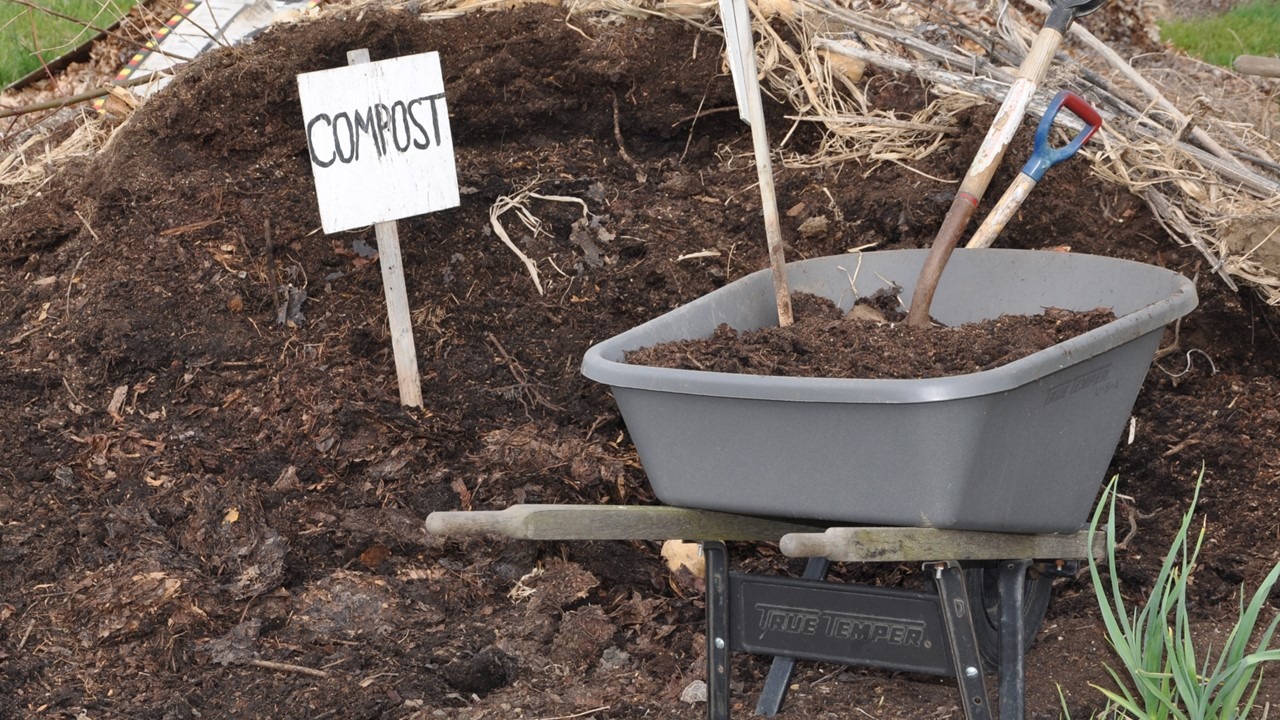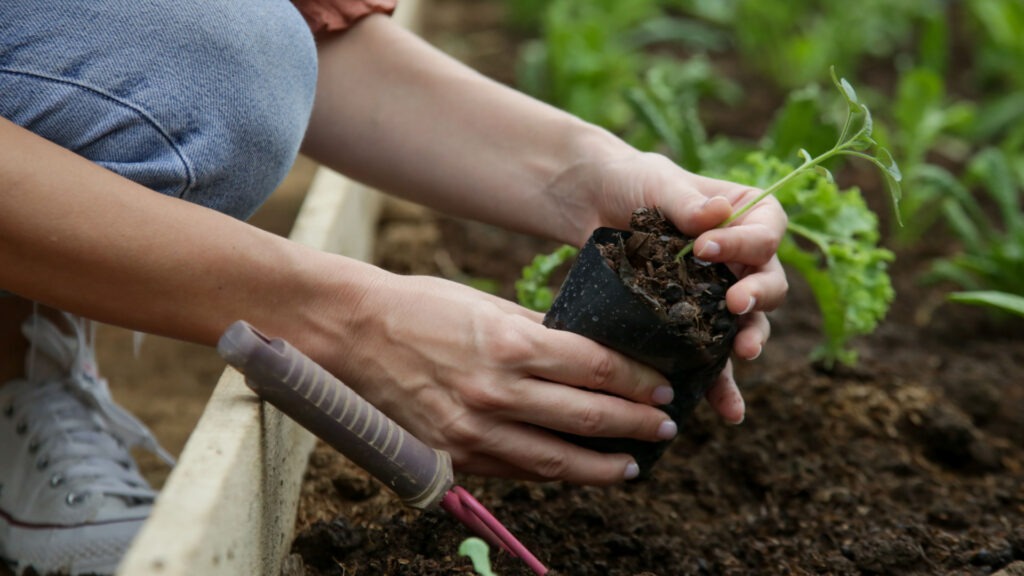According to World Bank, food and green waste makes up 44% of the total global waste stream. This huge amount of waste can all be composted at home to improve soil fertility and mitigate climate change. Moreover, this can reduce the issue of piled and pungent kitchen waste as well as the frequency of garbage dumping. Home composting also reduces plant fibers comparing with crushing kitchen waste in garbage disposals (frequently done in the past), meaning that the possibility of pipes being clogged is reduced.
What is Home Composting?
Home composting is a natural process of decomposing organisms into nutrient-dense soil improvers with microorganisms or worms in a home environment. Soil improvers can be used to improve soil fertility and carbon sequestration, reaching the cycle of biomass by returning plants to the earth. Leaves, dry sticks and plant-based food residues are common examples of organisms that can be composted at home.
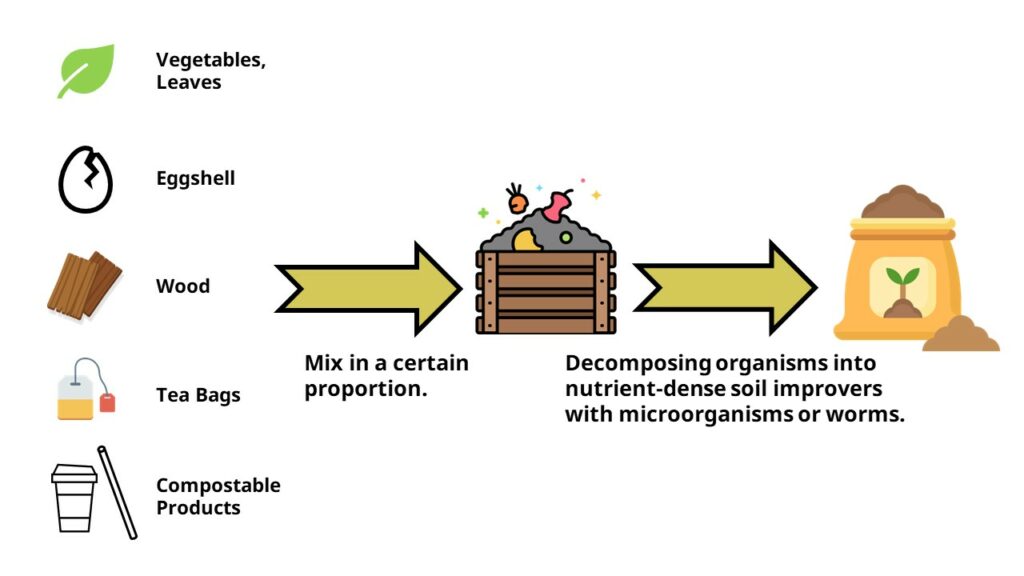
How does Home Composting Work?
Home composting can be operated through the decomposition caused by microorganisms and worms. If the compost is simply mixed in a specific ratio (as described in detail in the following sections), it will be decomposed and naturally heated up by microorganisms. After several months, it will turn into a black, soil-like compost-based substance. Worms may be put in home composting to reduce wait times and increase the amount of decomposed fresh kitchen waste. In a high-moisture environment (suitable for worms), they will feed on the organisms that they want to decompose, thrive and nurture their next generations endlessly. They provide the environment with adequate water and produce compost tea at the same time. If a compost container with holes on the bottom is used, the compost tea can be collected from the bottom for soil improvement.
Why Compost at Home
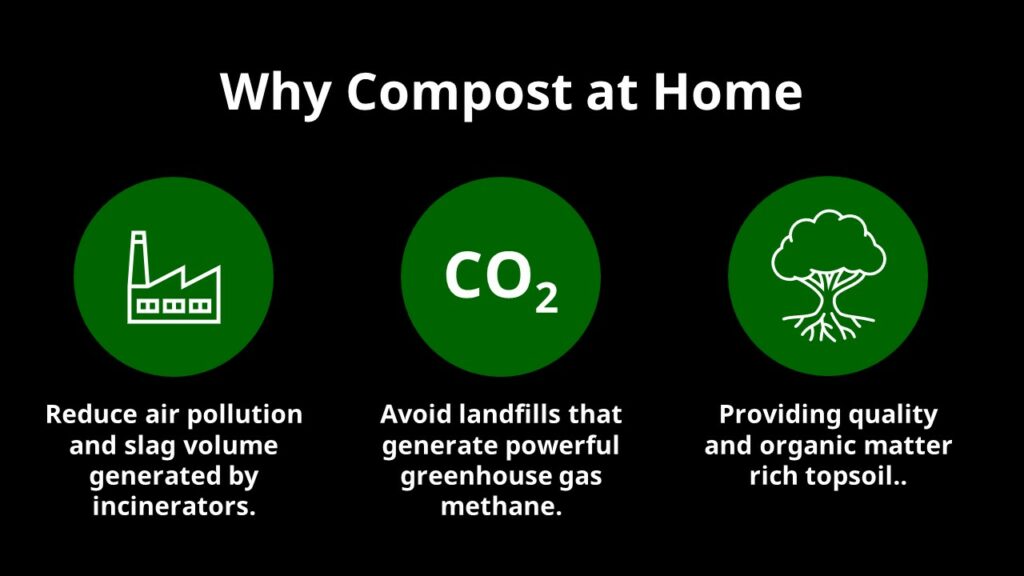
According to World Bank’s statistics, the world generates 2.01 billion tons of municipal solid waste each year, 44% of which is food and green. This means that humans generate billions of tons of kitchen waste annually. The kitchen waste that is not properly handled will enter the general waste incinerators or landfills. If kitchen waste with water enters an incinerator, its temperature will decrease, and thus dioxin and slag will be produced when burning with plastic waste. As a result, the health of humans will be harmed and the life of the incinerator will be shortened. In another aspect, a reduction of waste volume in landfill is required to avoid the waste dispersion. This waste will be compacted and covered with soil, creating an environment of high pressure and low oxygen. As a result, when kitchen waste enters a landfill, a huge amount of methane is generated, further facilitating global warming.
However, if composted at home, kitchen and green waste can be fully in contact with oxygen, fluffed up periodically or fed to worms. As a result, methane that is generated due to anaerobiosis can be avoided and nutrients in the compost will not be wasted. This will help reduce the use of chemical fertilizers as well as providing quality and organic matter rich topsoil with good water storage and drainage, further facilitating the fight against climate change.
3 Ways to compost at home
Three common home composting methods are provided below along with a description of the environment suitable for their usage and precaution.
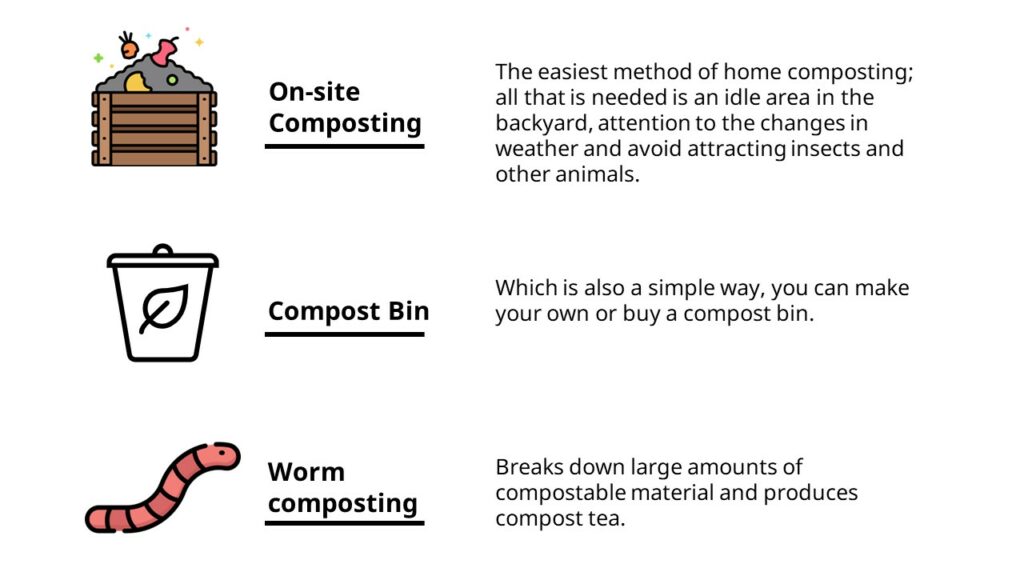
On-site Composting
On-site composting is the easiest method of home composting; all that is needed is an idle area in the backyard to deposit the composting materials. These can be turned regularly to accelerate decomposition. This method is suitable for people who do not want to spend too much time, energy and money on composting. However, its requirement of space at home makes it harder for residents in cities to utilize this composting method.
When using on-site composting, attention to the changes in weather is needed. Heavy rain and strong wind could destroy compost piles. If flooding, tropical cyclones or tornados occur, compost piles must be moved to covered facilities (such as sheds) before a possible natural disaster occurs.
In addition, food residues should be properly covered by dry leaves and sticks to avoid attracting insects and other animals, given that the compost pile is directly placed in an outdoor environment. Also, due to the possibility of mixing weeds with the final compost, it should not be used in an indoor plant pot.
Compost Bin
A good choice for those who do not have an outdoor space to place compost piles, or those prefer to save space, reduce the effect of the weather or compost indoors is to spend a bit of money and energy by purchasing or making their own compost bins. These come in various forms, and the easiest way to make a simple compost bin is by drilling air holes in the side of a trash can with cover. Alternatively, ready-made compost bins can be purchased. By putting composting materials in bins and stirring them on a regular basis, an unfailing supply of fertile compost can be produced.
Worm composting
Worm composting is an excellent method for those who a) only want to take care of compost piles in the simplest way instead of stirring them regularly, and b) whose compost mainly consists of materials with high water content, such as food and vegetable waste as well as coffee grounds. Worms feed on fresh composting materials, so spraying water to maintain moisture and continuously putting fresh composting materials in bins are all that is needed. The top of a worm compost bin may be covered with gauze to maintain ventilation while holes can be drilled in the bottom to collect superfluous water. The nutrient-rich water is referred to as compost tea and can be used for fertilization in all kinds of planting.
What can be Composted at Home?
Several common materials for home composting are described below:
- Food and vegetable residues – Most plant-based food residues can be composted, but note that orange peels are an exception because they are very slow in decomposition due to the oily substances on their surfaces. Whether there are pesticides, washing-up liquid or other hazardous chemical substances left in the food residues for composting should also be considered.
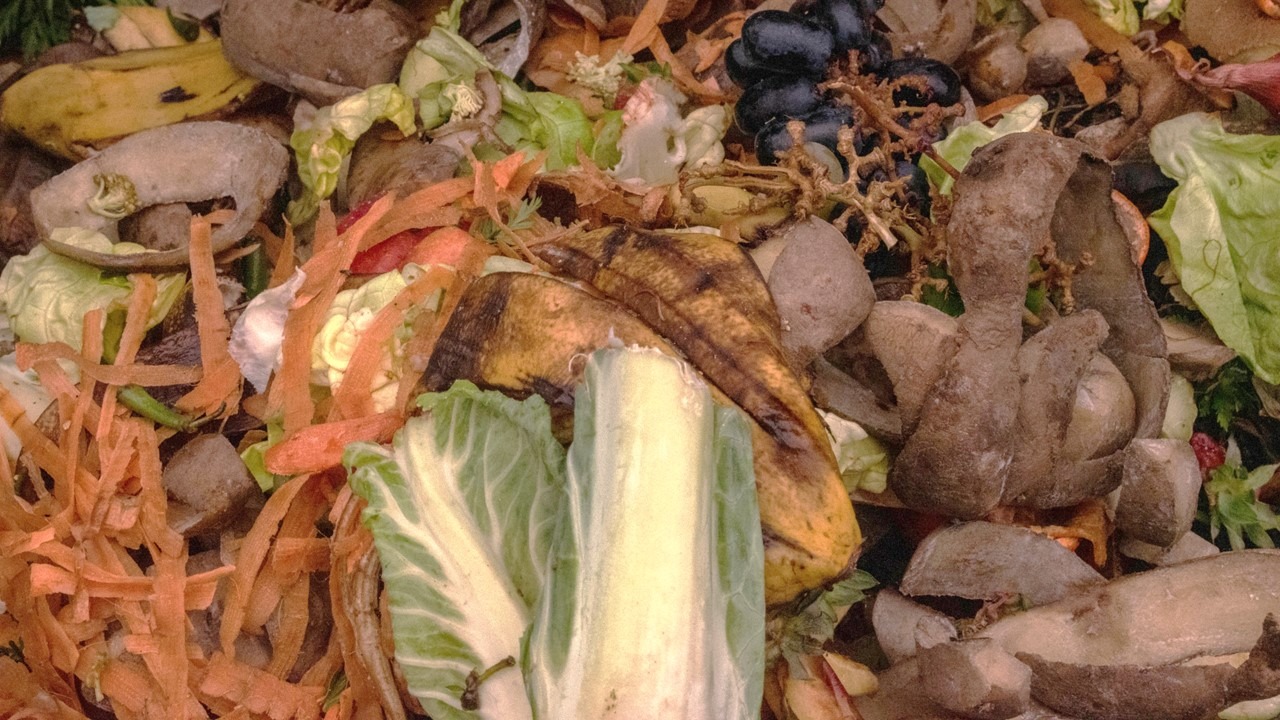
Image:flicker
- Eggshells – Eggshells contain a high amount of nitrogen that can provide microorganisms with nutrition. Smashed eggshells can make a great composting material.
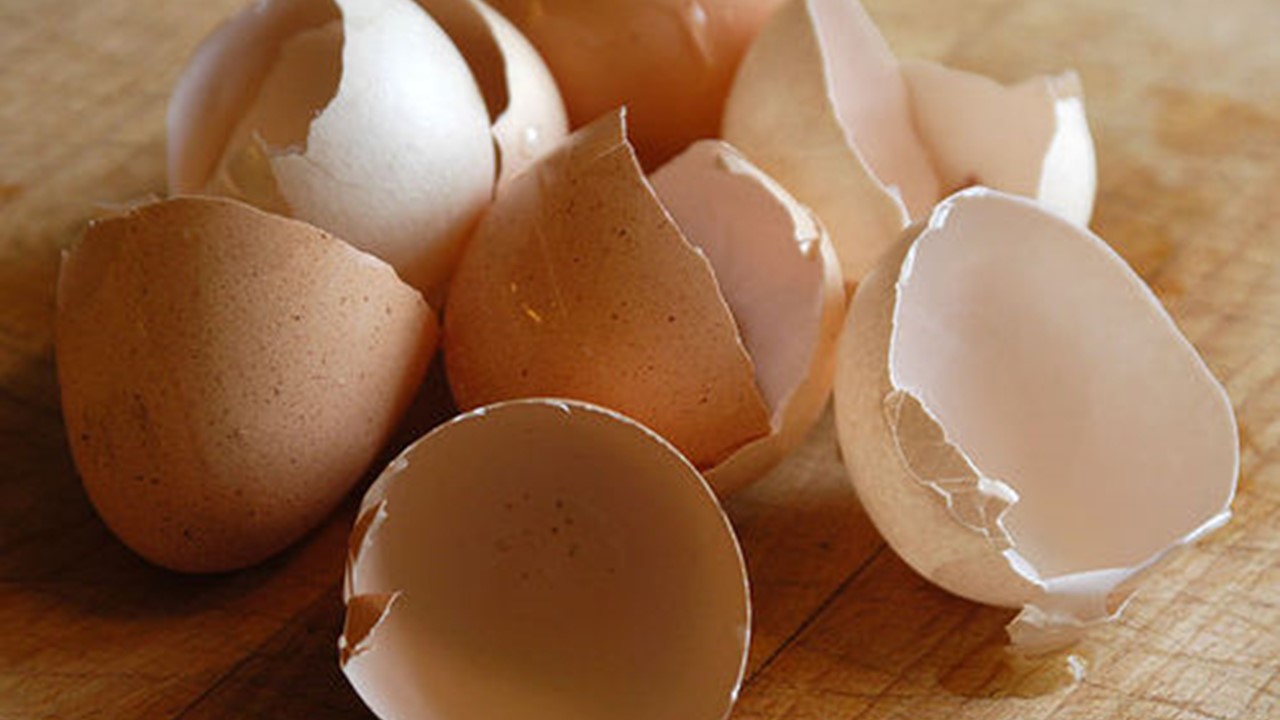
Image:flicker
- Fallen leaves, pruned garden plants and withered plants – All gardening relevant dead plants can be used as composting materials.
- Coffee grounds and coffee filters made of special materials – Coffee grounds are a good composting material, but if they are to be composted with coffee filters, attention to whether the filters have undergone bleaching or other chemical processing is required. This is to avoid releasing hazardous chemical substances and polluting the compost during the process of decomposition.
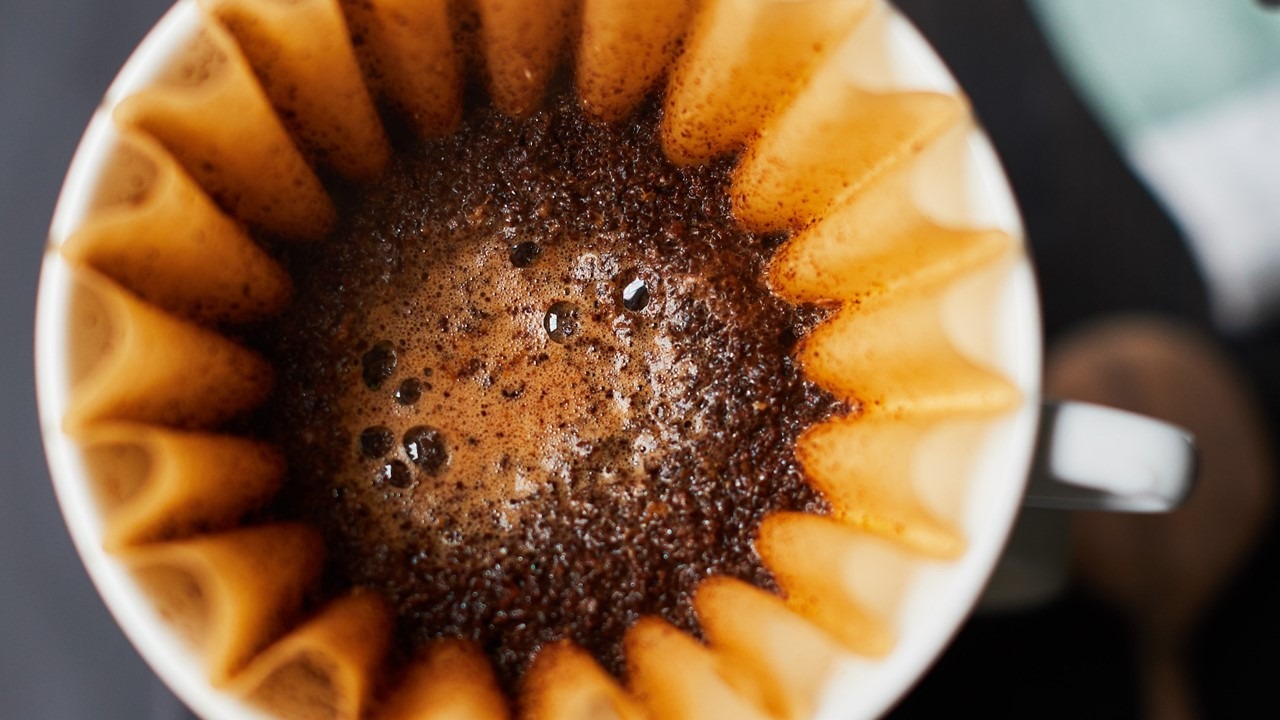
Image:flicker
- Tea residues and tea bags produced by specific companies – Tea residues themselves are undoubtedly suitable for composting. However, only tea bags that do not contain plastic can be safely decomposed for composting, such as Lipton’s Quality Black and Intense series as well as Harney & Sons’ and Tetley’s Original 120 and 240 series. Most of the other tea bags are covered with a layer of plastic coating, and plastic particles will be generated if they are used for composting.
- Paper and cartons without special treatment – Paper and cartons for composting must not have undergone special treatment such as gloss finishing or bleaching to avoid chemicals or hydrophobic and difficult to decompose. Furthermore, the ink used cannot contain chemical pigments, e.g. soy-based black pigments. Paper or cartons that are inked with multiple colors, would be better recycled or cut into small pieces before composting to facilitate decomposition.
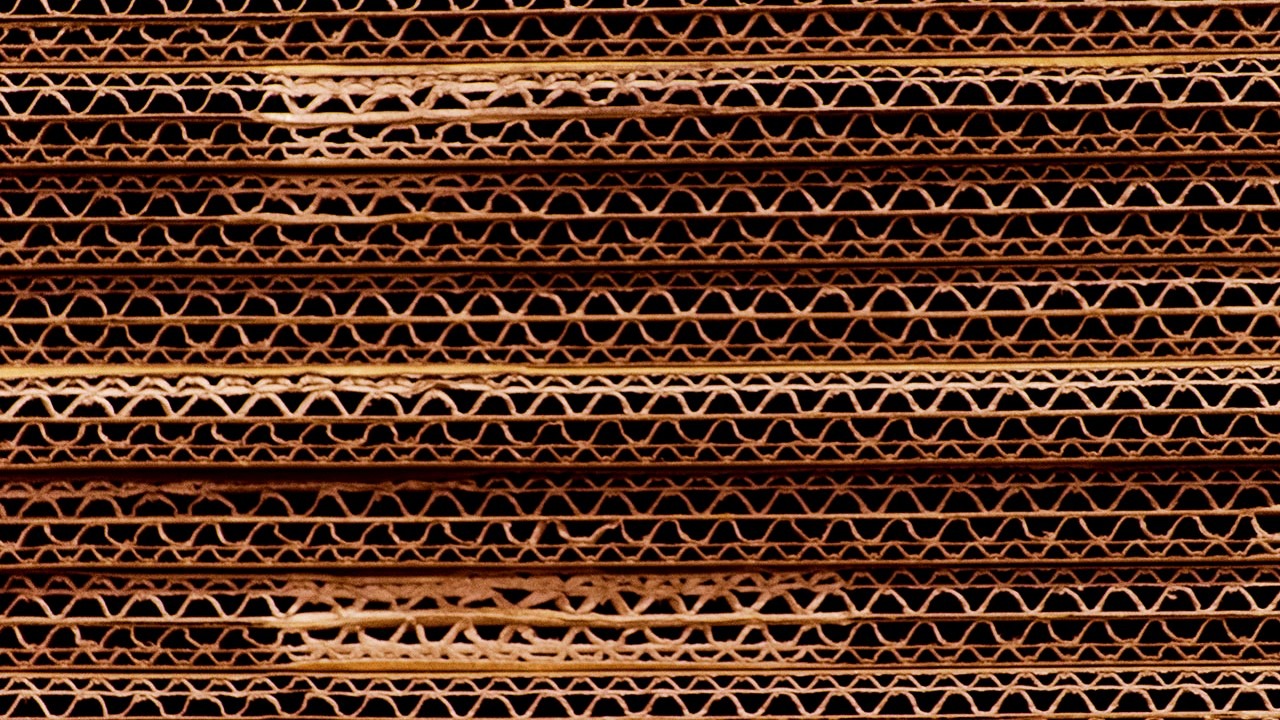
Image:flicker
- Wood debris without special treatment – It should be noted that wood for composting should not be treated (varnished etc.) in order to avoid pollution caused by chemical medicaments. In addition, oversized wood will take a very long time (usually several years) to decompose. Try to prevent them from mixing with general compost to avoid causing difficulties during stirring.
- Products with “home-compostable” labels – Dedicated standards for home composting environments have been developed. Any product with the “home-compostable” label has passed laboratory testing, and more than 90% of it can be decomposed within 360 days in an environment under room temperature (20-30 Celsius).
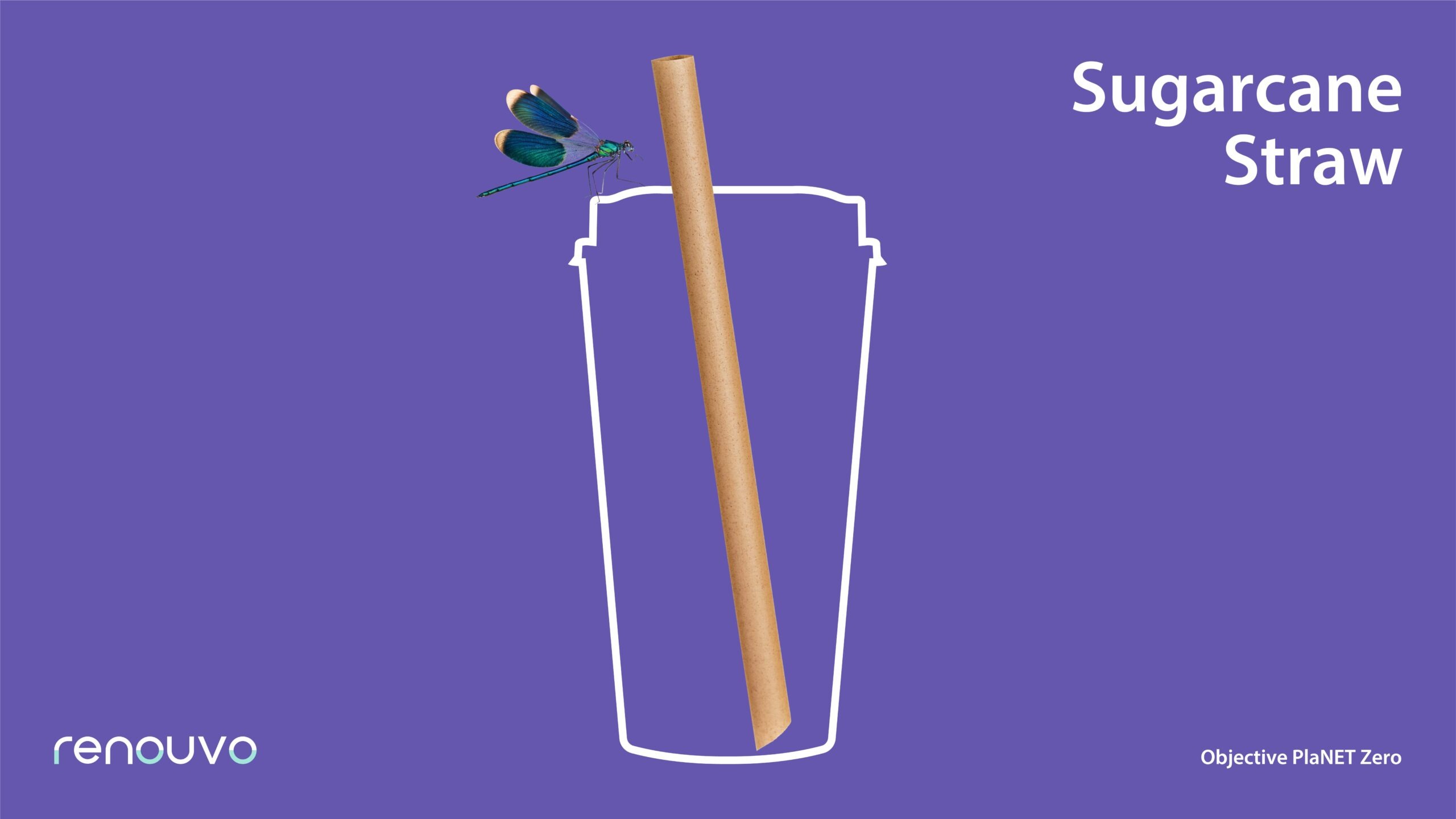
renouvo home compostable straws
- Clothes made from 100% natural materials – Some clothes are made from pure cotton or hemp and colored with natural dyes, which can be naturally decomposed and returned to the earth.
What can’t be Composted at Home?
The following are materials that cannot be used to compost at home that may cause confusion:
- Meat, fish, dairy products and bones – These foods contain a high amount of protein, making it easy for them to generate bacteria and pollute compost after decay. It is also possible that they will attract bugs and scavengers.
- Animal excrement – Excrement of animals, especially that of carnivorous or omnivorous animals, contains Escherichia coli (E. coli) or Salmonella; it is also possible that they contain parasites. These can infect humans through the soil. Therefore, the use of animal excrement should be avoided when composting.
- Grease – Grease insulates moisture from the air and slows down the rate of compost decomposition. It may also attract bugs and animals. Therefore, it is recommended that all composting materials that are stained with grease be wiped clean first.
- Invasive weeds – Compost can provide these vital weeds with an excellent growing environment. They will occupy the places that are meant to be used for composting. Try to pay attention and avoid putting them into compost with other plants regardless of it being in yards or pots.
- Plants with chemical herbicides on their surfaces – Chemical herbicides will pollute compost and make the areas for subsequent composting barren.
- Products with “biodegradable” and “industrially compostable” labels – “Biodegradable” does not mean “compostable”, and those labelled “industrially compostable” need high temperature (56-60 Celsius) environments to decompose. Composting at home cannot reach or maintain this condition even if self-heating is possible during the mixing process. Therefore, it is inappropriate to put products with either one of these two labels into compost.
- Fiberboards – It would seem that fiberboards are made of natural wood fibers. In fact, adhesives are added during their manufacture. As a result, they cannot be decomposed naturally.
- Stained clothes or clothes with additional composite fibers and chemical dyes – In addition to cotton and hemp, clothes may be made from mixed, petrochemical, synthetic fibers such as nylon and polyester. Once materials include non-natural fibers, they cannot be used for composting. Moreover, these clothes cannot be put into compost if they contain non-natural products including chemical dyes, paillettes, plastic-based prints and buttons, or are stained with chemical substances such as paint, pesticides and herbicides.
Ingredients for Home Composting
The basic materials for home composting fall into two categories: nitrogen- (green) and carbon-rich (brown). The greens and browns are usually in a ratio of 1:3 to eliminate odors and maximize the decomposition rate. Common materials from the two categories are listed below:
Nitrogen- (Green):
- Dry leaves and sticks
- Sawdust
- Shredded paper and cardboard
- Clothes
- Products with “home-compostable” labels
Carbon-Rich (Brown):
- Plant-based food residues
- Eggshells
- Coffee grounds and filters
- Tea residues and tea bags
3 steps for home composting
Step 1: Choose the appropriate composting method
Three composting methods, on-site, bin and worm composting, were introduced in the above sections. The choice can be made on the basis of personal need.
Step 2: Prepare composting materials
A space is all that needs to be prepared for on-site composting while the other two methods require compost bins and the storage of greens and browns. For instance, properly packaging plant-based food residues and eggshells and putting them into the freezer, or putting sawdust, scrapped papers and cut home-compostable products such as renouvo’s sugarcane straws into collection bags. If the worm composting method is utilized, normal soil may serve as an alternative for browns. Remember to insert a moisture meter into the compost bin to ensure a suitable environment for the worms to live.
Step 3: Maintain compost piles
Composting may officially start after the materials are deposited. It is recommended that compost piles be fluffed up every week to ensure that they are mixed together and adequately in contact with the air. Worm composting does not require fluffing; the worms will help you finish this job. However, soil moisture should be continually maintained at around 70% to 90%. If the compost is not heated and decomposed, please add more greens to increase the number of microorganisms. In addition, please add browns to slow down the decomposition rate if the compost produces odors.
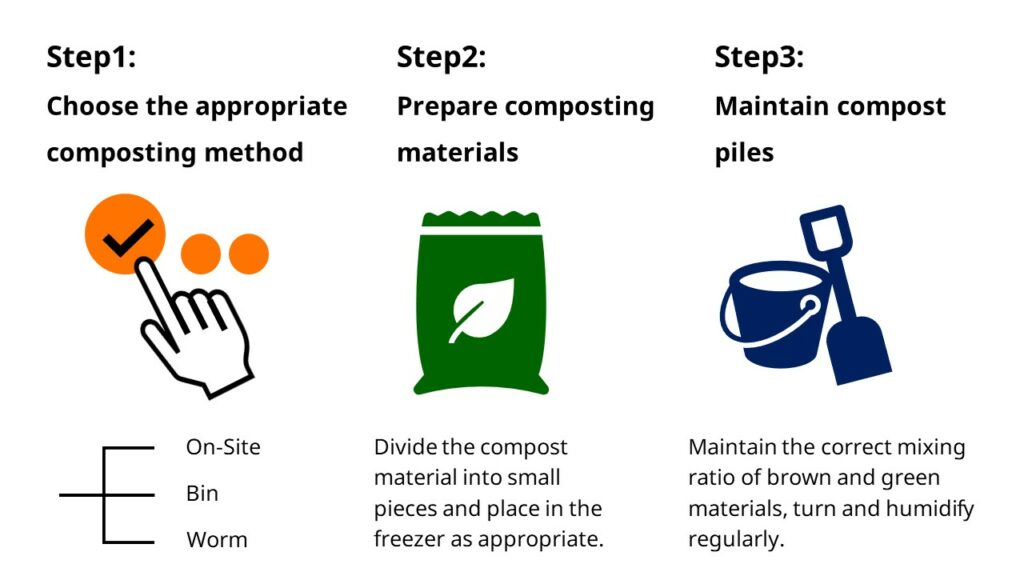
Benefits of Home Composting
Actively composting at home not only helps the person who creates the compost reduce the amount of garbage they create and provide free soil for gardening, but it also reduces the burden on landfills and incinerators, retains nutrients in soil, sequestrates carbon, and assist in the mitigation of climate change. With this, the responsibility of global citizenship can be properly fulfilled.
Additional Resources for Home Composting
Further reading including the official data and research reports are provided below:
U.S. Environmental Protection Agency “Composting at Home”
NC State University “ Worms Can Recycle Your Garbage”
European Compost Network ECN e.V. “Bio-Waste in Europe”
U.S. Environmental Protection Agency “Types of Composting and Understanding the Process”
European Environment Agency “Bio-waste in Europe – turning challenges into opportunities”
U.S. Department of Agriculture “Composting”
Environmental Protection Administration Executive Yuan, R.O.C (Taiwan) “廚餘回收再利用操作管理參考手冊”











